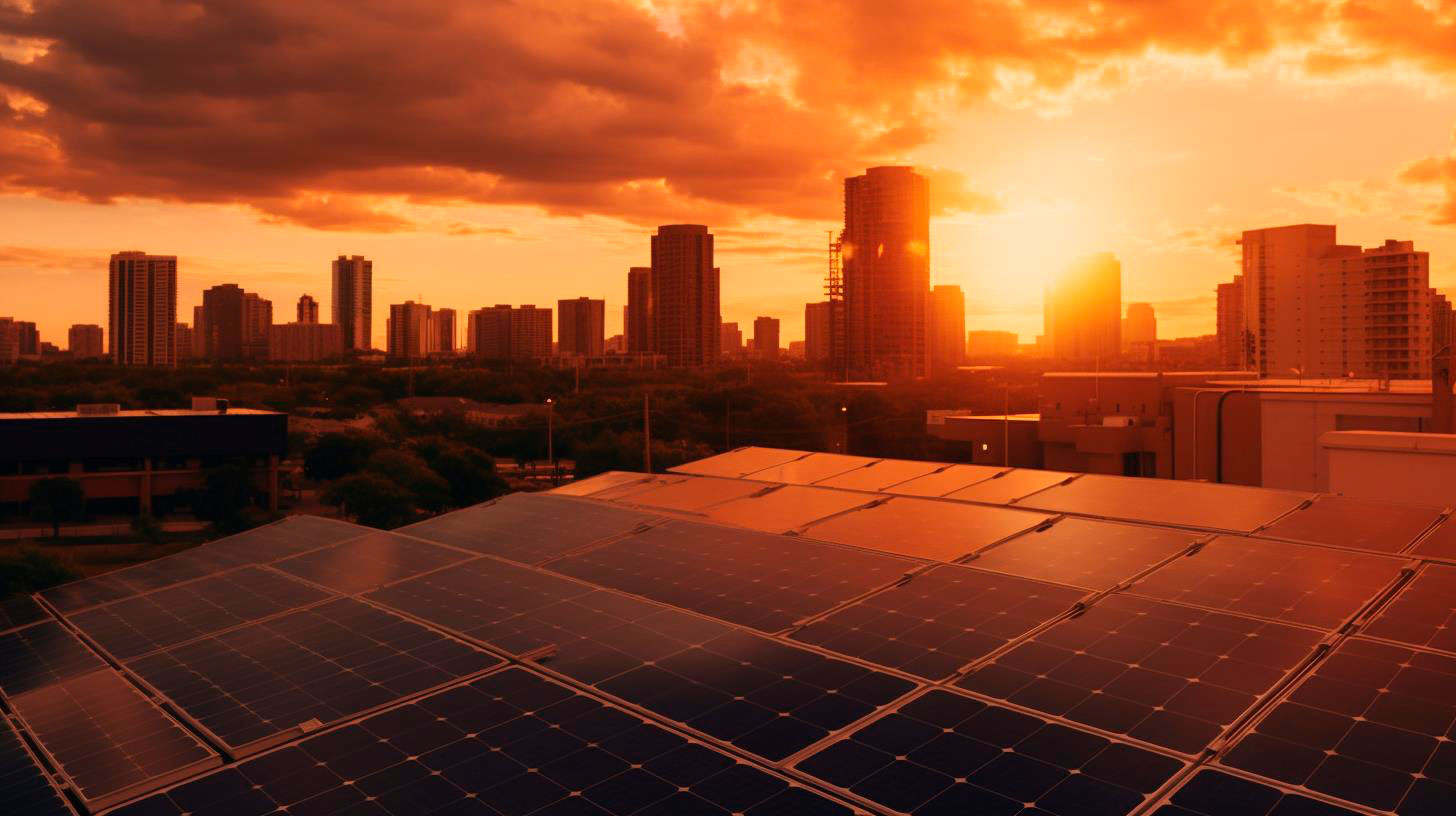Conservation Design for Solar Energy Projects and Native Wildlife
This blog post will explore the importance of conservation design in solar energy projects and highlight how it can benefit both the environment and wildlife populations.
The Need for Conservation Design
Solar energy projects, such as solar farms and rooftop solar installations, require large areas of land to capture sunlight and convert it into electricity. These projects often involve clearing natural habitats, which can disrupt the ecological balance and negatively impact native wildlife species. Therefore, incorporating conservation design principles into solar energy projects is crucial to minimize these impacts and ensure the coexistence of renewable energy and wildlife conservation.
Conservation Design Principles
1. Site Selection and Assessment:
- Thoroughly assess potential project sites to identify ecologically sensitive areas and important wildlife habitats.
- Prioritize the use of already disturbed or degraded lands for solar energy projects.
2. Habitat Conservation and Restoration:
- Implement measures to conserve and restore native habitats within the project area.
- Plant native vegetation and create pollinator-friendly habitats to support local wildlife populations.
3. Landscape Connectivity:
- Design solar energy projects to maintain or enhance landscape connectivity for wildlife movement.
- Consider the creation of wildlife corridors to facilitate the safe passage of animals through the project area.
4. Lighting and Glare Reduction:
- Minimize light pollution and glare from solar energy projects to mitigate potential impacts on nocturnal wildlife, such as birds and bats.
- Install lighting fixtures that direct the light downward and shield it from surrounding areas.
5. Collaboration and Monitoring:
- Engage with local communities, conservation organizations, and wildlife experts to develop and implement effective conservation strategies.
- Regularly monitor project sites to assess the effectiveness of conservation measures and identify areas for improvement.
Benefits of Conservation Design
Integrating conservation design into solar energy projects offers several advantages:
- Environmental Sustainability: Conservation design ensures the long-term sustainability of solar energy projects by minimizing negative environmental impacts and preserving ecological integrity.
- Wildlife Preservation: By incorporating habitat conservation and restoration efforts, solar energy projects can contribute to maintaining and even enhancing local wildlife populations.
- Biodiversity Protection: Conservation design helps protect biodiversity by preserving and connecting natural habitats, allowing for the free movement of plants and animals.
- Community Engagement and Support: By actively involving local communities and stakeholders in the design and implementation process, solar energy projects gain support and generate positive social impact.
- Regulatory Compliance: Many regions require the consideration of wildlife conservation in renewable energy projects. Incorporating conservation design ensures compliance with these regulations and permits.
Key Takeaways
1. Solar energy projects should prioritize conservation design principles to minimize negative impacts on native wildlife.
2. Site assessments, habitat conservation, and landscape connectivity are essential elements of conservation design for solar energy projects.
3. Conservation design offers numerous benefits, including environmental sustainability, wildlife preservation, and regulatory compliance.
By integrating conservation design into solar energy projects, we can harness the power of renewable energy while safeguarding the invaluable natural habitats and wildlife populations that surround us. Let’s strive for a sustainable future where clean energy and biodiversity flourish together.
